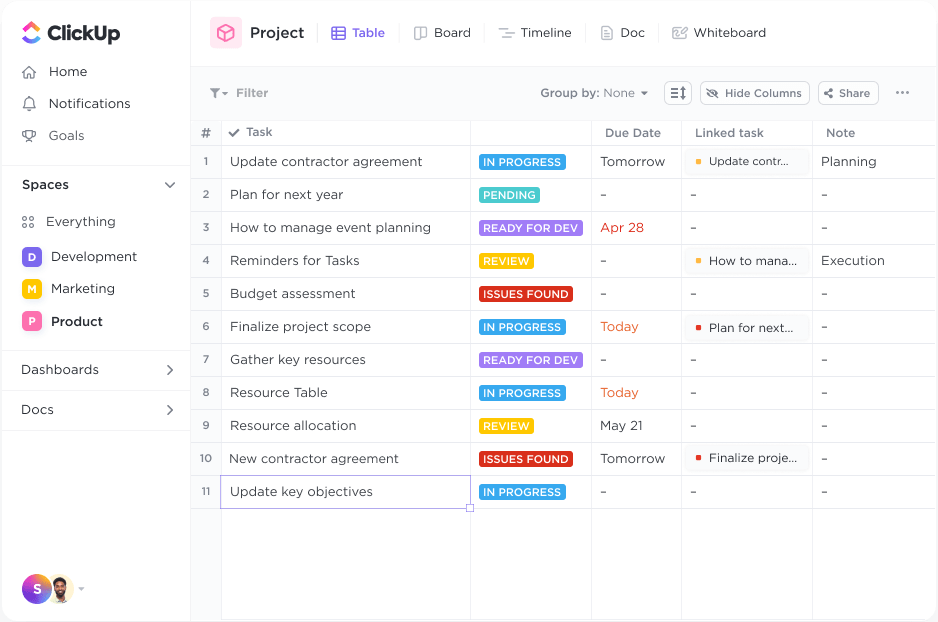5 Ways to Sync Live Data Across Excel Sheets

In today's fast-paced business environment, being able to sync live data across multiple Excel sheets is not just a convenience but a necessity. Whether you're managing inventory, finances, project timelines, or any other data-intensive tasks, having real-time updates can significantly boost productivity and decision-making processes. Let's explore five effective strategies for syncing data in Excel sheets, making sure your information stays accurate and current.
1. Using Excel’s Built-in Data Connections

Excel offers native features to help you sync data across sheets. Here’s how you can leverage this:
- Create a Connection: Navigate to Data > Get Data > From File to import data from one sheet into another. This connection can be set up to update automatically, ensuring your data reflects real-time changes.
- Power Query: With Excel’s Power Query, you can fetch data from different sheets or external sources. This tool allows for robust data manipulation before importing it, thus enhancing your control over the data syncing process.
📝 Note: Remember to refresh data connections periodically or set them to refresh automatically when opening the workbook to ensure you're always viewing the latest data.
2. VBA Macros for Dynamic Syncing

For advanced users, Visual Basic for Applications (VBA) can provide a tailored solution for real-time syncing:
- Creating Macros: Write a VBA script to sync data between sheets based on your specific criteria, triggering updates at certain intervals or when specific events occur.
- Event-Driven Syncing: Utilize VBA’s Worksheet_Change event to automatically update data in linked sheets whenever changes occur in the source sheet.
Here's a simple VBA code to give you an idea:
Sub SyncData()
Dim wsSource As Worksheet, wsDestination As Worksheet
Set wsSource = Worksheets("SourceSheet")
Set wsDestination = Worksheets("DestinationSheet")
' Sync range A1:A10 from source to destination
wsDestination.Range("A1:A10").Value = wsSource.Range("A1:A10").Value
End Sub
📝 Note: VBA scripting requires some programming knowledge, so ensure you're comfortable with this before diving in.
3. Excel Tables and Structured References

Using Excel tables helps in structuring your data in a more dynamic and manageable format:
- Convert to Table: By converting your range into a table (Ctrl + T), Excel automatically references the table’s data using structured references, making formulas more robust when syncing data.
- Table Relationships: Set up relationships between tables in different sheets using Excel’s Data Model to create seamless data syncing across related data sets.
4. Online Syncing via Cloud Services

Cloud services like OneDrive, Dropbox, or Google Drive offer solutions for syncing Excel files:
- OneDrive: When files are shared in OneDrive, any changes made by one user can be automatically synced to other users, providing a real-time collaborative environment.
- Google Sheets: Although not directly Excel, it’s worth noting that Google Sheets can import and export Excel files, and offers seamless syncing via Google Drive, making it an alternative for live data management.
5. Third-Party Add-ins for Excel

There are several third-party add-ins that can enhance Excel’s capabilities for live data syncing:
- Real-Time Data Services: Add-ins like PowerPivot or external tools like Zapier allow you to connect Excel to various data sources for live updates.
- Macro-Specific Add-ins: Some add-ins specialize in automating data entry or syncing, reducing manual work and enhancing accuracy.
In summary, there are multiple ways to keep your Excel data synchronized in real-time, each with its advantages:
- Native Excel tools like data connections and Power Query are straightforward and widely used.
- VBA offers customization for unique syncing scenarios, though it requires technical know-how.
- Excel tables and structured references provide a robust data management framework.
- Cloud services simplify collaboration and syncing in an online environment.
- Third-party add-ins extend Excel's functionality, offering specialized solutions for syncing needs.
Choosing the right method depends on your project's complexity, your team's Excel proficiency, and the necessity for real-time updates. While these methods can significantly improve your data management, always keep in mind the importance of secure data handling to prevent unauthorized access or data loss.
Can you sync data across different Excel files?

+
Yes, you can sync data across different Excel files using techniques like Excel’s external data connections, cloud services, or even VBA macros designed for cross-file syncing.
What if my source and destination sheets are on different computers?

+
Cloud-based services like OneDrive or Dropbox can sync Excel files across different computers, ensuring that changes made on one machine are reflected on all connected devices.
Is there a risk of data loss with real-time syncing?

+
While syncing data in real-time minimizes errors, there can be risks like overwriting data or network issues causing conflicts. Regular backups and using Excel’s undo feature can mitigate these risks.



